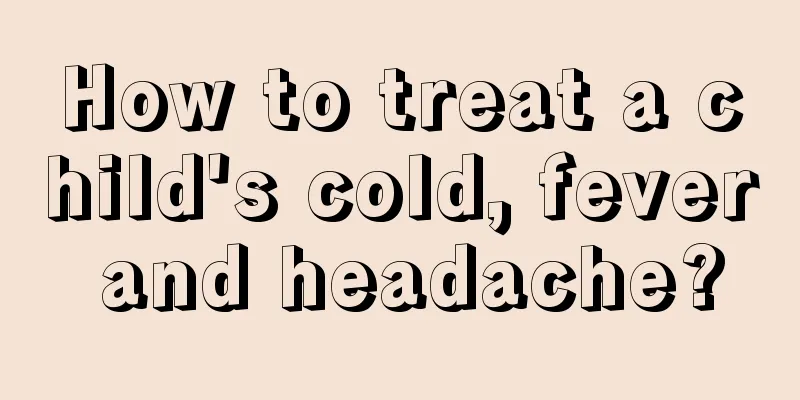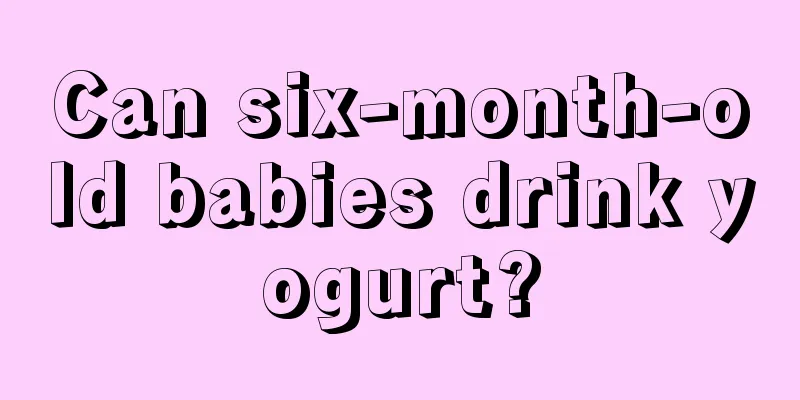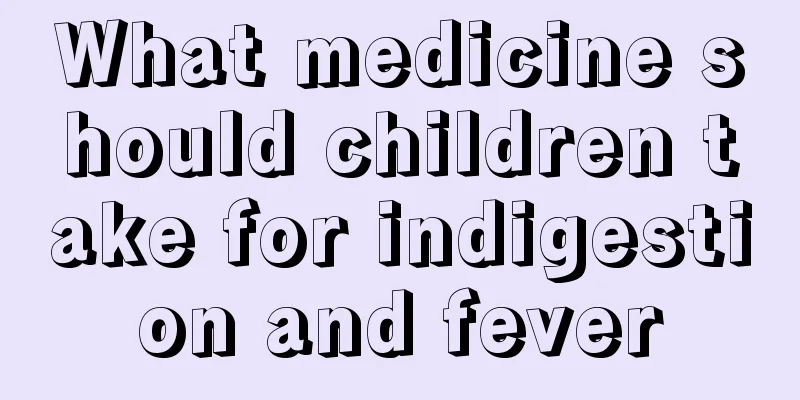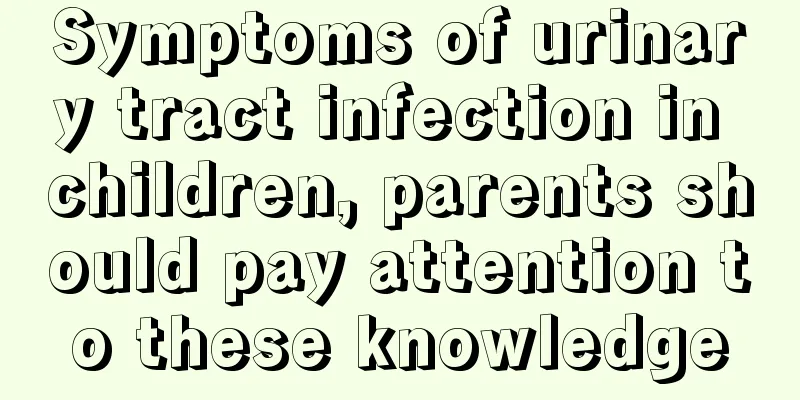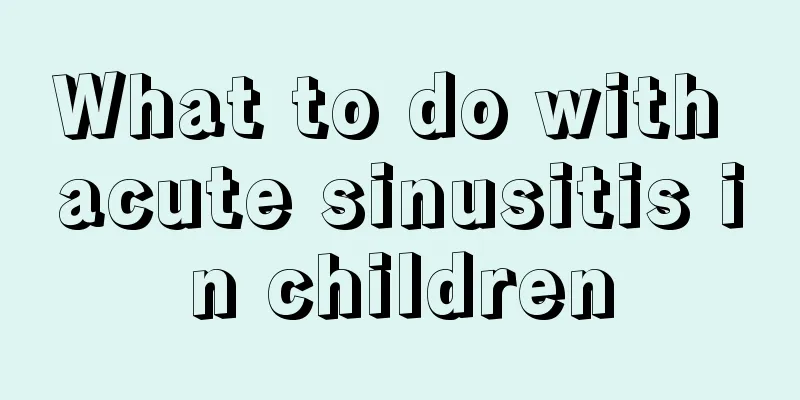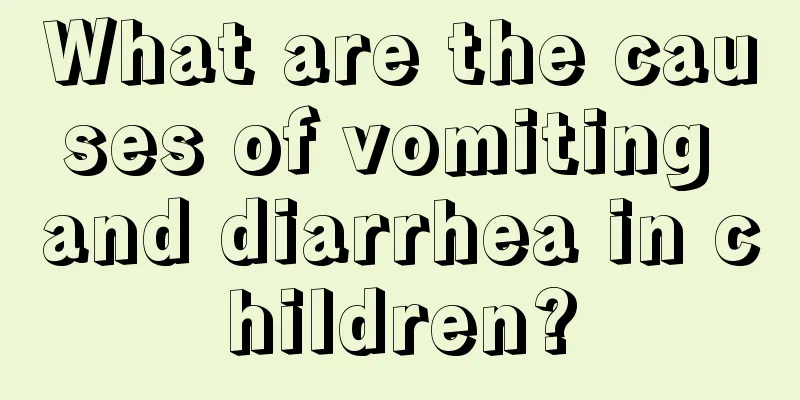There are white spots in the mouth and red spots on the feet. What disease is it?
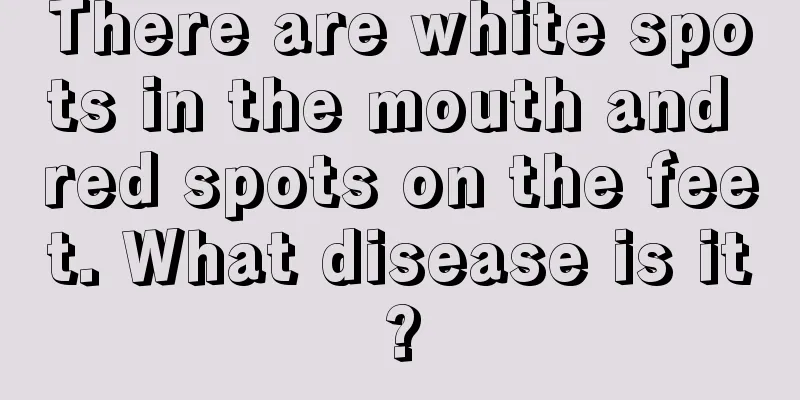
|
The most common cause of white spots in the mouth and red spots on the feet is hand, foot and mouth disease. Infants and young children are an important group of people who suffer from hand, foot and mouth disease. Once they get this disease, it will have a great impact on the child's health. Children are prone to fever. If the body temperature is too high, physical cooling should be carried out in time. Children should be given plenty of water and develop good personal hygiene habits, especially when they are in school or kindergarten. More attention should be paid to this aspect. There are white spots in the mouth and red spots on the feet. What disease is it?The main problem now is hand, foot and mouth disease. This situation is similar to the early symptoms of hand, foot and mouth disease. Be sure to check the temperature, perform non-physical cooling, give the child plenty of water, and seek medical attention as soon as possible. I hope my answer can help you. How to prevent hand, foot and mouth disease? (1) Develop good personal hygiene and eating habits, wash hands before meals and after defecation, and take a bath frequently. (2) Drink boiled water instead of raw water, do not eat raw or cold food, and heat up leftovers before eating. (3) Parents should avoid taking their children to crowded public places as much as possible, especially try to avoid contact with other children with fever or rash diseases to reduce the chance of infection. (4) Pay attention to the proper combination of nutrition for children. What are the symptoms of hand, foot and mouth disease? Let your children get enough rest and get some sun exposure to enhance their immunity.(5) Pay attention to the cleanliness and hygiene of the home and its interior and exterior. The clothes and bedding of family members should be exposed to the sun, and the rooms where children live should be ventilated frequently. (6) The kindergarten should conduct morning physical examinations and if any suspected patient is found, what are the symptoms of hand, foot and mouth disease? The patient should be isolated, observed and treated in a timely manner. (7) Kindergartens should clean and disinfect toys, utensils, etc. every day to reduce indirect contact transmission. (8) Strengthen food and environmental hygiene work to reduce the spread of hand, foot and mouth disease through food and places.
1. General symptoms: It can be seen all year round, but is more prevalent in summer and autumn. Acute onset, incubation period of 3 to 5 days, with prodromal symptoms such as low fever, malaise, abdominal pain, etc. which are more prevalent in summer and autumn. Scattered painful, millet- to mung-bean-sized blisters appear on the oral mucosa, and maculopapules and herpes appear on the hands and feet. Initially, they are maculopapules, which later turn into herpes. They are round or oval, about 3-7 mm in size, like the size of a grain of rice, smaller than the chickenpox rash, harder in texture, with a red halo around it, and less fluid in the blisters. Dot-like or flaky erosions can be seen under the grayish-white membrane. After the rash subsides, no scars or pigmentation are left. If there is a secondary infection, the skin damage will often be aggravated. In addition to the hands, feet and mouth, it can also be seen on the buttocks and near the anus, and occasionally on the trunk and limbs. It dries up and disappears after a few days, and the rash is non-itchy and painless. Some children may develop generalized papules and blisters, accompanied by aseptic meningitis, encephalitis, myocarditis, etc. It may be accompanied by symptoms such as cough, runny nose, loss of appetite, nausea, vomiting, and headache. Some cases only present as rash or herpangina. The whole course of the disease is about 5-10 days. Most cases can heal themselves with a good prognosis and no sequelae. 2. Symptoms of severe cases: A small number of cases (especially those under 3 years old) may develop encephalitis, encephalomyelitis, meningitis, pulmonary edema, circulatory failure, etc. |
<<: At what age does the baby stop eating milk powder?
>>: Hepatitis B vaccine allergy erythema in children
Recommend
Fever care for infants
What are the care methods for young children'...
What happened if the baby suddenly blinks?
Children's eyes are pure and beautiful, but i...
What causes baby's cleft lip?
Parents are very concerned about their baby's...
What causes purpura in children?
Purpura is mostly a skin problem that occurs in a...
Children with nocturnal urination and frequent bedwetting
Some parents always feel that their children urin...
The relationship between family type and children's happiness
Children from single-parent or blended families a...
Children's stool is dry and hard
In the past when medical technology was not under...
Is isotope therapy effective for neonatal hemangioma?
Isotope therapy is a treatment method that is mos...
What to do if your child has severe influenza
In the cold winter, many parents don’t want their...
Can a 14-year-old boy shave his beard?
Many children find that they have grown beards af...
The harm of hormone ointment to babies
When giving medication to babies, parents must be...
How to hold a newborn and what to pay attention to
We all know that a newborn's body is not full...
What should I do if my baby has diarrhea after having a fever and enema?
Nowadays, many children are always taken to the h...
How many days does it take to wean a baby?
In fact, at the beginning, the most nutritious fo...
How to treat urticaria caused by damp-heat constitution?
Urticaria is generally called wind bumps. It is a...

